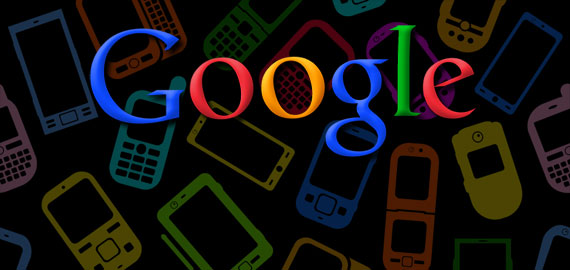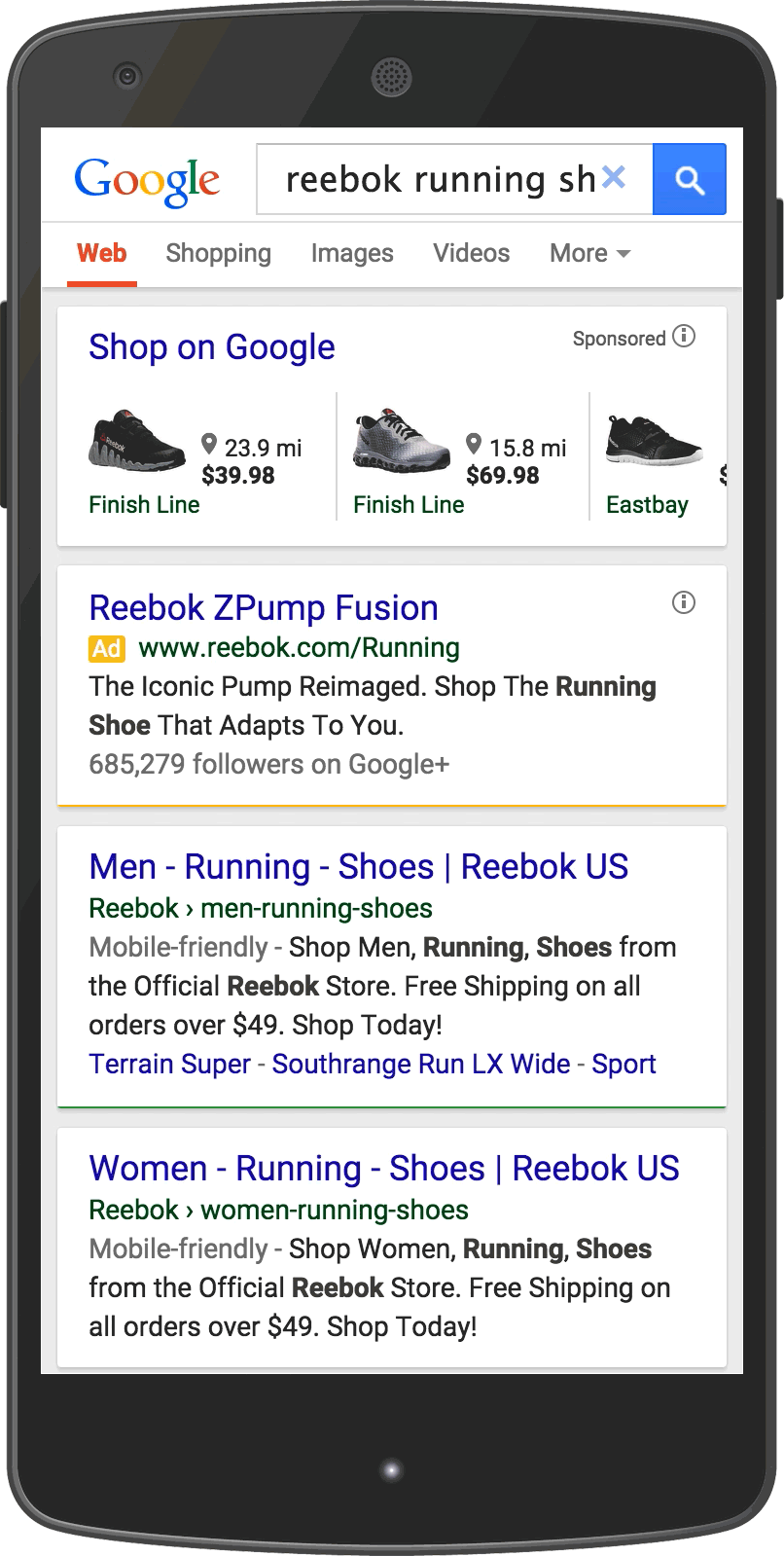Reacting to the growing percentage of mobile internet users, which now outnumber those accessing the Web from a traditional PC or laptop, Google has been in the process of implementing some key changes to its dominant search engine. From the perspective of businesses that rely on Google in some form for marketing and customer outreach (and, let’s be honest, that’s basically every business in today’s age), these alterations carry both positive and negative effects.
Let’s get caught up on the latest developments with Google’s two big aggressive moves in the mobile space and examine the fallout for companies online.
Purchases on Google
This has been in the works for some time, and was officially announced by Google this week. You can read their in-depth explanation of the slick new ecommerce feature here , but in short, it streamlines the process of searching for and buying products on the search engine through a mobile device by adding a far more robust display, including a “Buy Now” button, to certain promoted products within the search results. Shoppers can easily complete purchases using the saved payment credentials within their Google Accounts, removing a significant conversion hurdle.
This animated image, from Google, gives you an idea of what the expanded shopping ads look like on a smart phone:
This could be a huge breakthrough for mobile commerce. Presently, statistics show that 28 percent of in-store sales in the United States are influenced by mobile devices, and a big part of that is shoppers using their phones to research products before (or during) a trip to the retailer. If companies can start converting more of those browsers into paying customers during the investigative phase, the potential benefits are clearly substantial. Google is attempting to facilitate just that with this new functionality in its mobile search engine.
Google said at a recent press event that it will be testing the new feature with “a dozen or so” partners in the coming weeks, with plans to launch it on a large-scale basis in late 2015 or early 2016.
Mobilegeddon, Three Months Later
On April 21st, Google officially launched an algorithm change in its engine designed to prioritize mobile-friendly sites while dinging the placement of sites that do not offer a quality mobile experience. The update was dubbed “Mobilegeddon,” and compelled many marketers (including us) to warn businesses of the increasing importance of attaching a mobile focus to their digital strategy.
We’re almost three months past the official implementation date for this significant update, and data collected by Adobe for its second-quarter Digital Advertising & Social Intelligence Report show that ad rates have increased and their effectiveness is declining.
For marketers, there’s a 25 percent gap between what they pay for clicks vs. what they get. “Parity or click through rates are growing faster than cost per clicks,” said (principal analyst Tamara) Gaffney. “We’re not even close right now. To see the gap widening is troubling.”
The report shows that Google’s algorithm change has lowered organic traffic 10 percent to sites that were not properly optimized, with mobile ad click-through rates falling and costs per click rising. In other words, businesses that lack a mobile-friendly site are really feeling the hurt when it comes to paid search advertising, in addition to overall search traffic.
The key takeaways from what we have seen so far with these new initiatives from Google?
- ‘Purchases on Google’ could really be a game-changer for ecommerce. While it’s not yet widely available, any company with a transactional website will want to closely monitor this service.
- The critical need for a mobile-friendly website cannot be overstated. According to Gaffney, “low mobile sites are starting to feel the pinch and it’s just beginning.”
- If you don’t have a mobile responsive site yet, in the meantime you might consider diverting digital advertising funds to other sources, such as Bing Ads and Facebook Ads, which haven’t shown the same negative effect as of yet.

